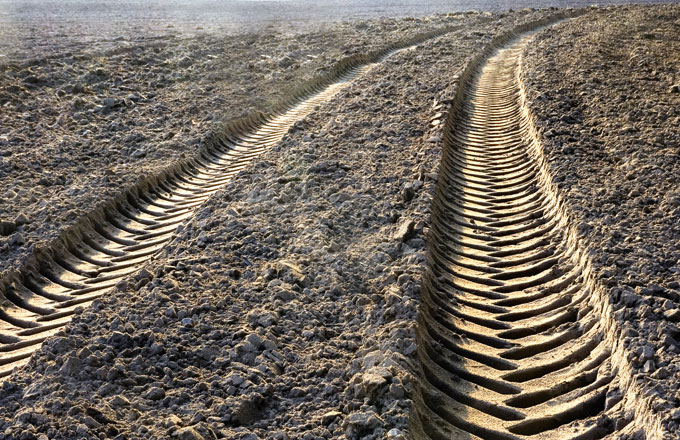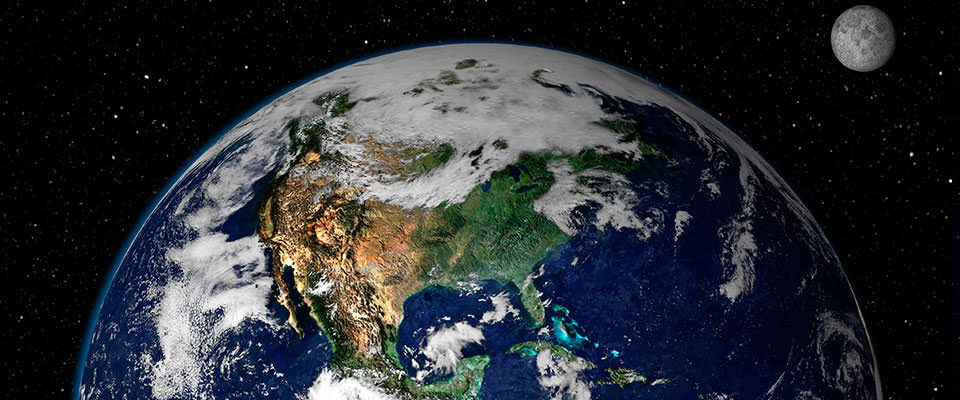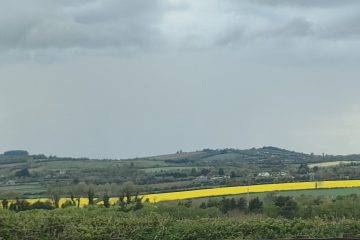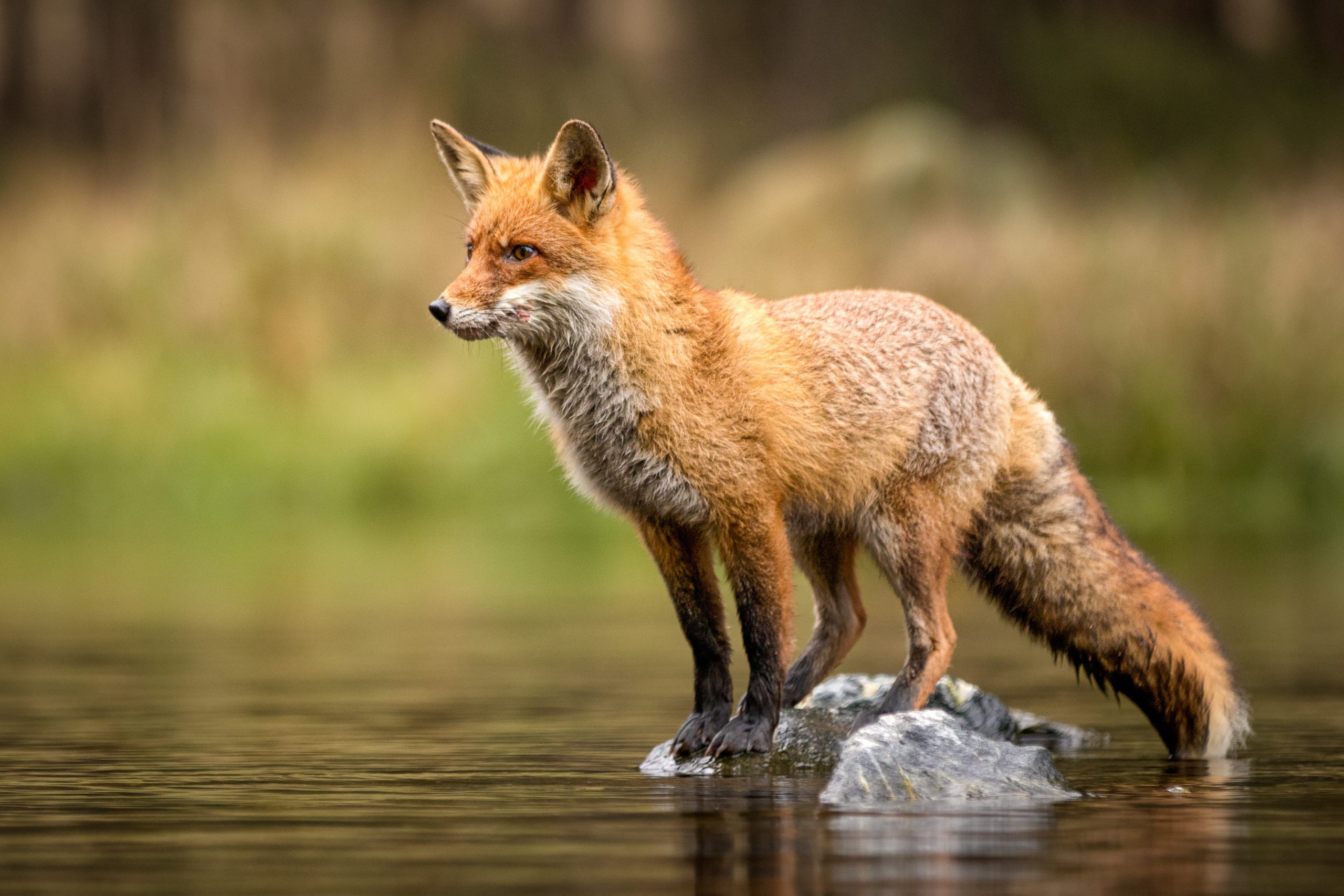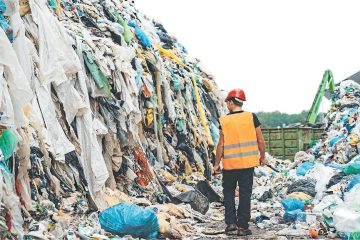Culture Column: The Saga of the Swamp Thing
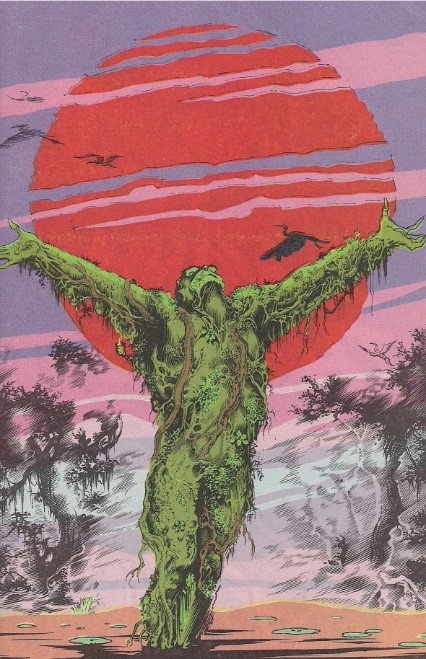
6 July 2022
Comic book characters are at the height of popularity right now. The characters created by DC and Marvel in particular have been making their mark in the box office with Avengers: Endgame being the highest grossing movie of all time when it was released.
These stories of fantastical heroes are our modern mythology. The heroes and their struggles with morality and hope can inspire people of all ages to do the right thing and be aware of the issues that are growing all over the world.
Alan Moore’s 1980’s run on Swamp Thing is the story of Alec Holland; a scientist that was turned into a monstrous plant after an explosion in his lab within the swamps of Louisiana.
Alan Moore uses fiction for social commentary and philosophy. He is better known for comic books such as Watchmen, Batman: The Killing Joke, 2000 AD, and V for Vendetta.
These graphic novels revolve around themes of domestic abuse, police brutality, government corruption, and mental health while offering action and characters that have proven worthy of film adaptations (even if the adaptations themselves aren’t too good).
Sometimes comic stories should stay on the page. A story that proves that is The Saga of the Swamp Thing, a horror story about love and the importance of protecting the environment.
After Alec Holland becomes a being of pure vegetation, feared by the world, he searches for the meaning of life. On an adventure spanning 44 issues, he goes to hell, fights vampires, and falls in love.
Why is this on The Green News? Because within the over-the-top, psychedelically inspired mission of a plant monster is a message about the environment that struck a chord with me.
Throughout the run the villains are causing destruction and abusing the planet in an attempt to become wealthy and destroy the Swamp Thing.
The Swamp Thing represents nature and the corporations that capture him and experiment on him in order to create useless, material products show us how the state of the environment and climate change are irrelevant to the money hungry corporations.
After he escapes from these villains he is hunted within the swamps, with mass deforestation and the death of the Swamp Thing being the result of their greed.
The effect that this careless destruction has on our hero poses the question that is the main theme of his story “Are humans worth saving?”.
The Swamp Thing exists in a world where superheroes like Superman, Wonder Woman, The Flash, and Batman are constantly saving people.
He sees that the people of the planet are kept safe by these heroes but the planet itself is still being used and abused by most people he encounters. The path ahead of him is a search for a love of humans and a reason to keep them and the Earth safe.
He has the power to do so but he does not have the will to protect the people that are harming what he has become and what he represents.
I found The Saga of The Swamp Thing to be an excellent adventure that was thoroughly entertaining and had a blockbuster quality to it. What I mean by saying it is a story that should stay on the page is that the story is only a blockbuster on the surface.
The deep, philosophical thoughts of our hero are spread across 44 issues and the true villains of the story are not the superpowered mutants he battles but the humanity he is forcefully stereotyped into protecting.
This is a story of activism in the face of global destruction and the people and businesses that are ignoring our climate crisis, and it is a story I would recommend to any fans of climate fiction or graphic novels.
By Jordan Comerford-Conway

